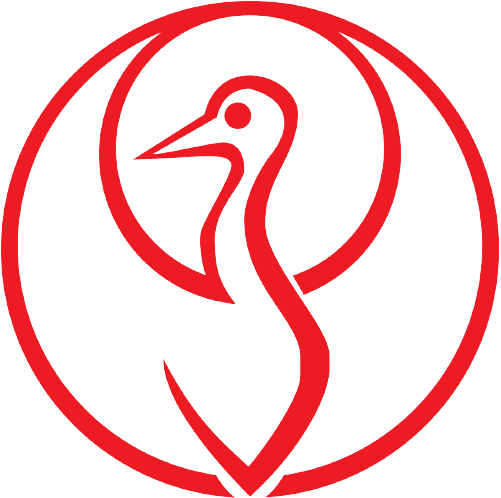What is group dynamics in Organisational behaviour?
What is group dynamics in Organisational behaviour?
Group dynamics deals with the attitudes and behavioral patterns of a group. It can be used as a means for problem-solving, teamwork, and to become more innovative and productive as an organization.
What is a group dynamics PDF?
The social process by which people interact and behave in a group environment is called group dynamics. Group dynamics involves the influence of personality, power, and behaviour on the group process.
What is group dynamics Why is it important for understanding organizational behaviour?
In organizational development, group dynamics refers to the understanding of behaviour of people in groups that are trying to solve a problem or making a decision. A good manager can act as a facilitator and assist the group in accompanying its objectives and arrive at correct decisions.
How do group dynamics influence behavior?
One big factor affecting the quality of decisions is whether a decision involves a group. Group dynamics can lead otherwise sensible individuals to make (or agree to) decisions they might not come to on their own. At times the effects are positive, as when some group members help others overcome prejudices.
What are types of group dynamics?
Group dynamics are relevant in both formal and informal groups of all types….During these stages group members must address several issues and the way in which these issues are resolved determines whether the group will succeed in accomplishing its tasks.
- Forming.
- Storming.
- Norming.
- Performing.
- Adjourning.
What are the two types of group dynamics?
The Different Types Of Group Dynamics In an organization, we commonly see two types of groups—formal and informal. Let’s look at how different types of group dynamics play out by understanding their characteristics.
What are the different types of group dynamics?
Group Dynamics – 5 Stages of Group Formation: Forming, Storming, Norming, Performing and Adjourning
- Forming: This is the first stage of group formation.
- Storming: This is the second stage of group forming.
- Norming: This phase is otherwise called as “becoming personal”.
- Performing:
- Adjourning:
What are the stages of group dynamics?
These stages are commonly known as: Forming, Storming, Norming, Performing, and Adjourning.
What are the important of group dynamics?
“Group dynamics” elaborates the effects of the roles and behaviors being played by an individual as they maintained membership within a group. Recent researchers strengthen Lewin’s ideas, and this work has become central to good management practice. A group with positive dynamism is easy to spot for team members.
What factors affect group dynamics?
Factors Affecting Group Behaviour: The success or failure of a group depends upon so many factors. Group member resources, structure (group size, group roles, group norms, and group cohesiveness), group processes (the communication, group decision making processes, power dynamics, conflicting interactions, etc.)
What are the characteristics of group dynamics?
7 Characteristics of Team Dynamics that Make for a Winning Team
- Shared Purpose. The difference between a team and a group is that a team has a shared goal.
- Trust and Openness.
- Willingness to Correct Mistakes.
- Diversity and Inclusion.
- Interdependence and a Sense of Belonging.
- Consensus Decision Making.
- Participative Leadership.
